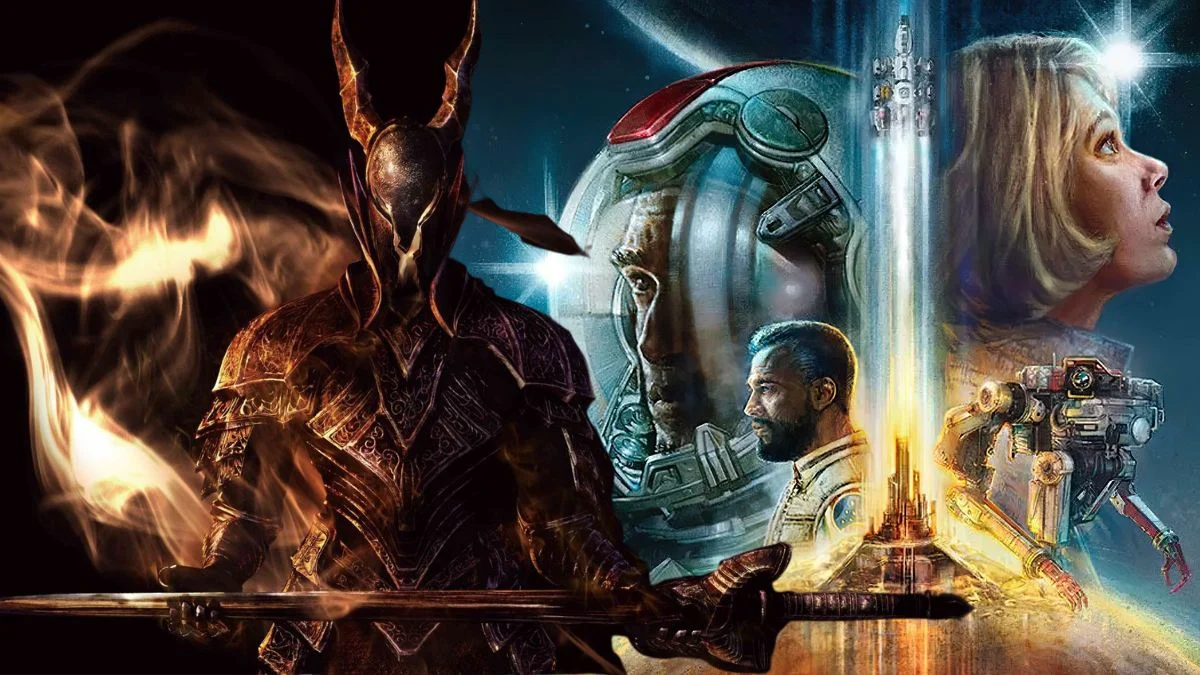
When a game launches with issues, players often don’t just wait for the developers to fix them. Instead, passionate modders and communities step in, creating patches, scripts, and complete overhauls to stabilize the game, restore lost content, and add features that were originally missing. These fan-made fixes often keep games playable and enjoyable long after the official developers stop providing updates. Here are some examples of when fans took it upon themselves to improve their favorite games.
‘Dark Souls: Prepare to Die Edition’ (2012)

Fans developed DSfix, a tool for the PC version of the game, to overcome limitations in resolution and add important customization options. It enabled higher resolution graphics, proper full-screen and windowed modes, and the ability to adjust the field of view. DSfix also fixed input issues and allowed players to use custom textures. This meant the game could be configured to run well on many different computers.
‘Vampire: The Masquerade – Bloodlines’ (2004)
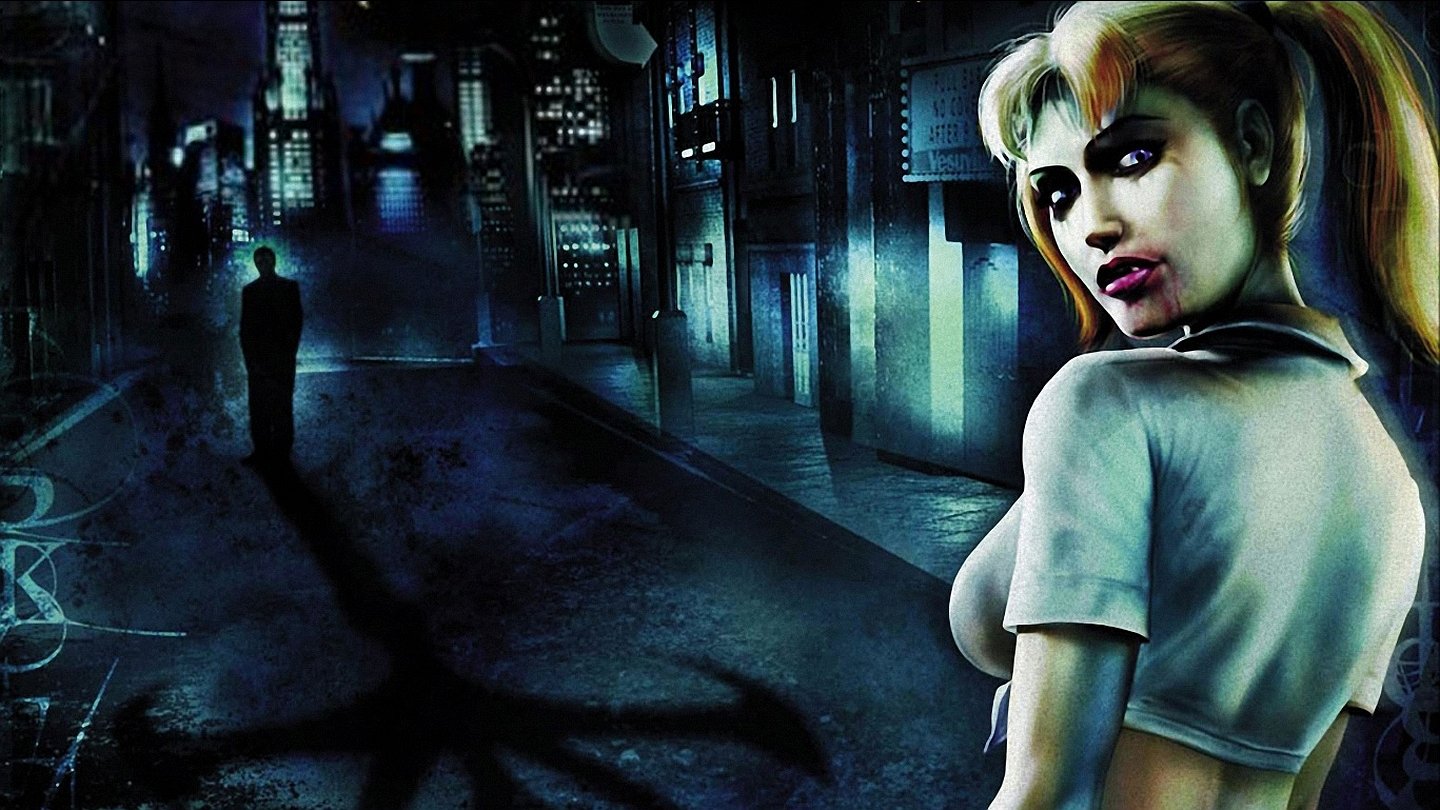
The Unofficial Patch fixed hundreds of bugs and made the game much more stable. It fixed broken quests, adjusted how skills worked to make things fairer, and opened up areas that were previously blocked off. Ongoing updates ensured the game continued to run well on newer computers. Thanks to the community’s efforts, the game remains enjoyable and complete for players today.
‘The Elder Scrolls V: Skyrim’ (2011)

Fans created the Unofficial Skyrim Patch to fix over a thousand bugs in the game, including issues with quests, dialogue, and items. It resolved problems that caused the game to crash or freeze. Later updates expanded the patch to cover the game’s expansions and the Special Edition, providing the same level of detail and quality. This made the game much more stable and enjoyable for longer play sessions.
‘The Elder Scrolls IV: Oblivion’ (2006)
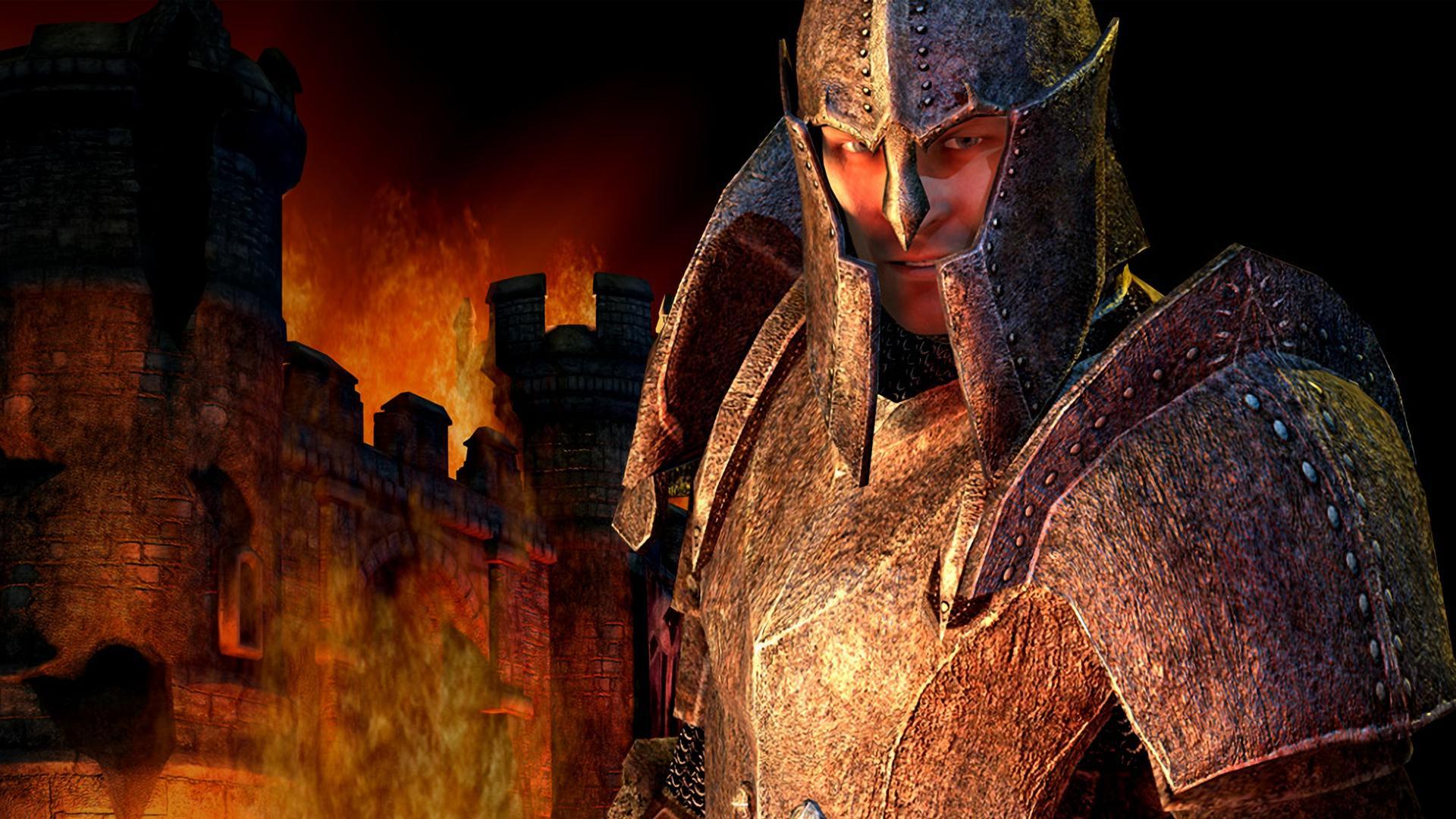
The Unofficial Oblivion Patch fixed many problems with quests and items in the game. It corrected issues with how enemies and items appeared, improved movement paths, and fixed objects that were in the wrong place, all of which could stop players from continuing the game. Optional add-ons were also released to fix issues with the game’s downloadable content. This patch provided a more reliable experience for both players who use mods and those who play the game as intended.
‘Fallout: New Vegas’ (2010)
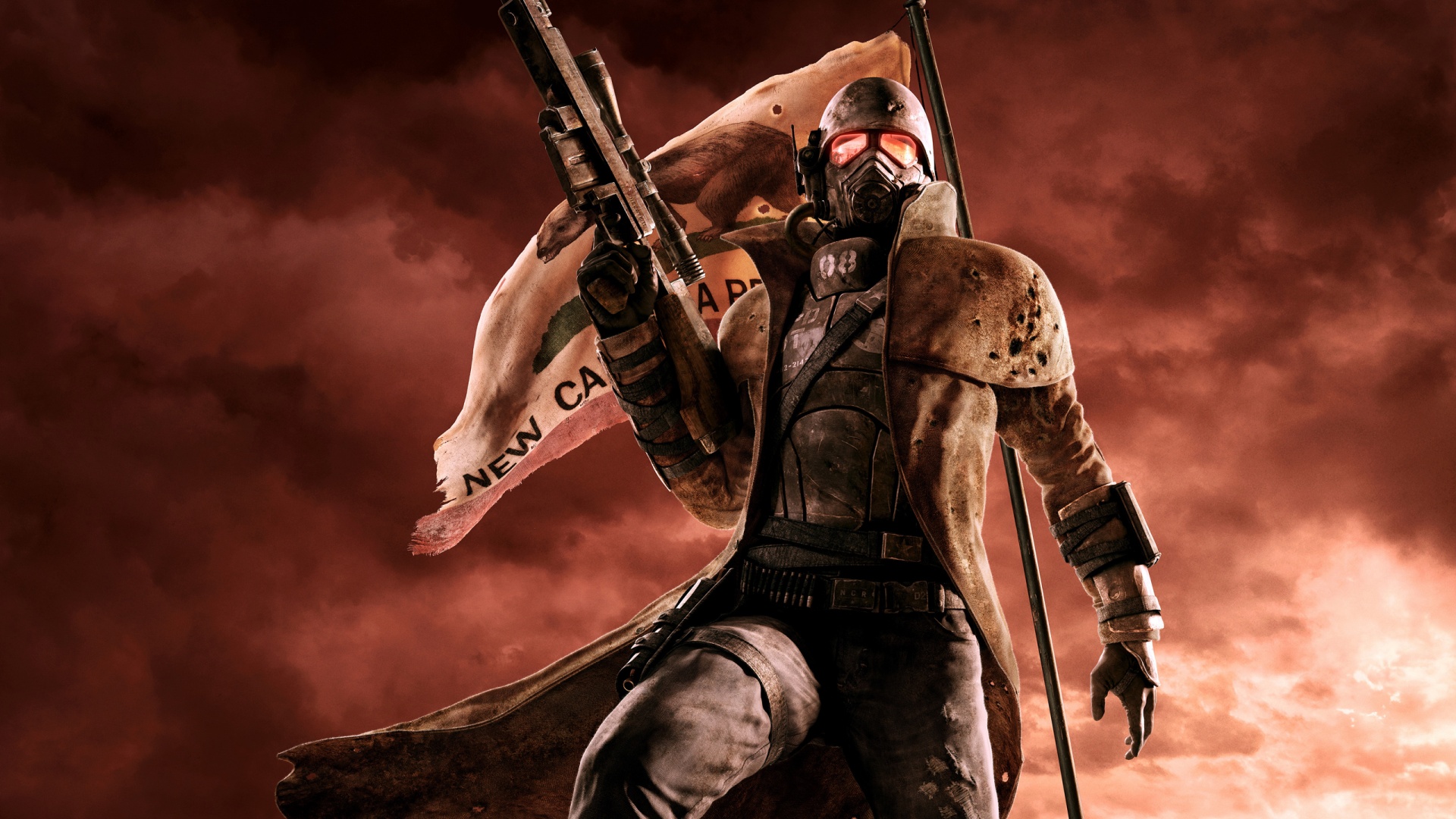
Fan-made fixes, such as the Yukichigai Unofficial Patch and various engine extenders, fixed bugs and crashes in the game. These improvements corrected problems with conversations, how groups interacted, and item information, which were all breaking quests. Additionally, stability plugins made the game run smoother and with fewer hiccups. As a result, players could enjoy a much more stable and dependable experience in the Mojave Wasteland.
‘Fallout 3’ (2008)
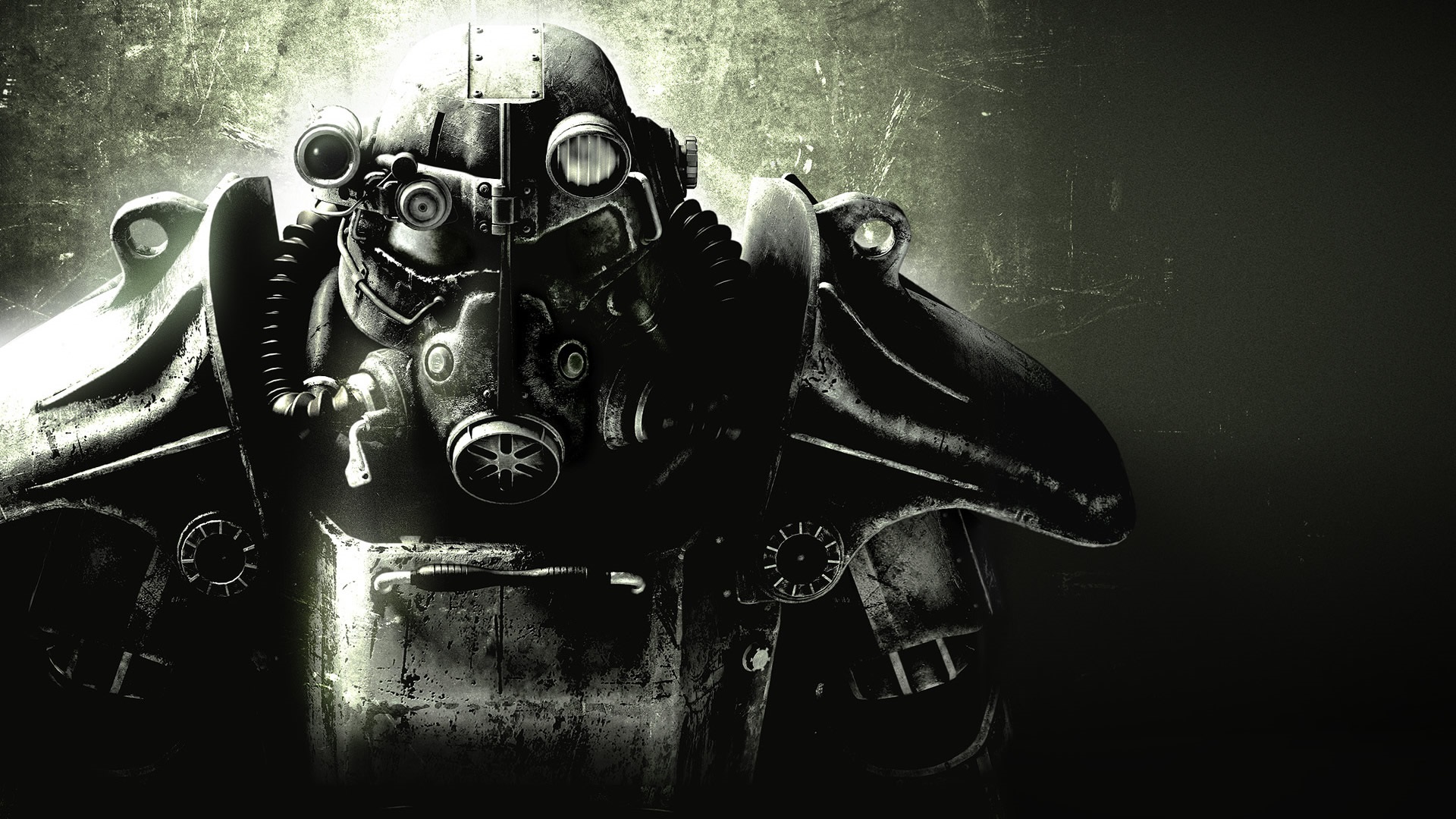
Players fixed issues that made the game unstable on recent Windows versions. They also created patches to repair broken quests and conflicting information within the game. Tools that expand the game’s scripting and improve memory usage helped reduce crashes and freezing, especially in busy locations. Thanks to the community, the game is now playable on today’s computers.
‘Grand Theft Auto IV’ (2008)

Fans improved the game by removing unnecessary files and boosting performance with community-made tools and updates. They also smoothed out gameplay by optimizing how textures and shadows loaded, and fixed issues with controllers and graphics settings. As a result, players can now explore the game’s world without frustrating pauses and stutters.
‘Aliens: Colonial Marines’ (2013)
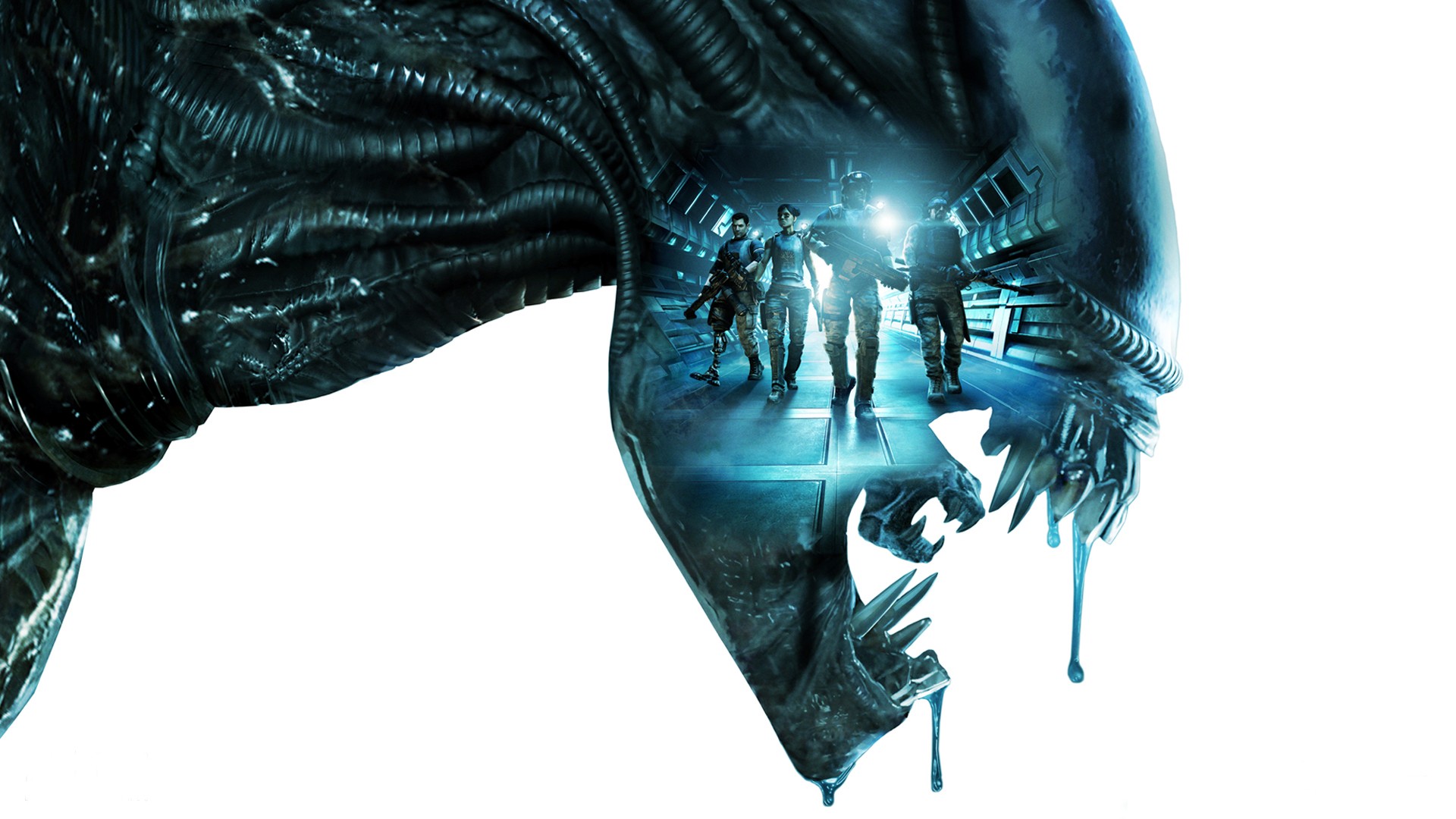
A player found a small typo that was making the enemy aliens act strangely. Fixing it made them move and attack much better. The game’s lighting and visuals were also improved to make everything clearer. As a result, the campaign is now more stable and creates a more suspenseful experience.
‘NieR: Automata’ (2017)

As a big fan, I’m so glad the FAR mod came out! It’s made a huge difference for me. Now I can play in a borderless window, and the game actually scales to my screen resolution properly. Plus, they fixed a bunch of annoying input issues and problems with how textures were loading. It even lets you tweak graphics settings you couldn’t access before! Honestly, my PC runs the game so much smoother and more reliably now, it’s a game changer.
‘Batman: Arkham Knight’ (2015)
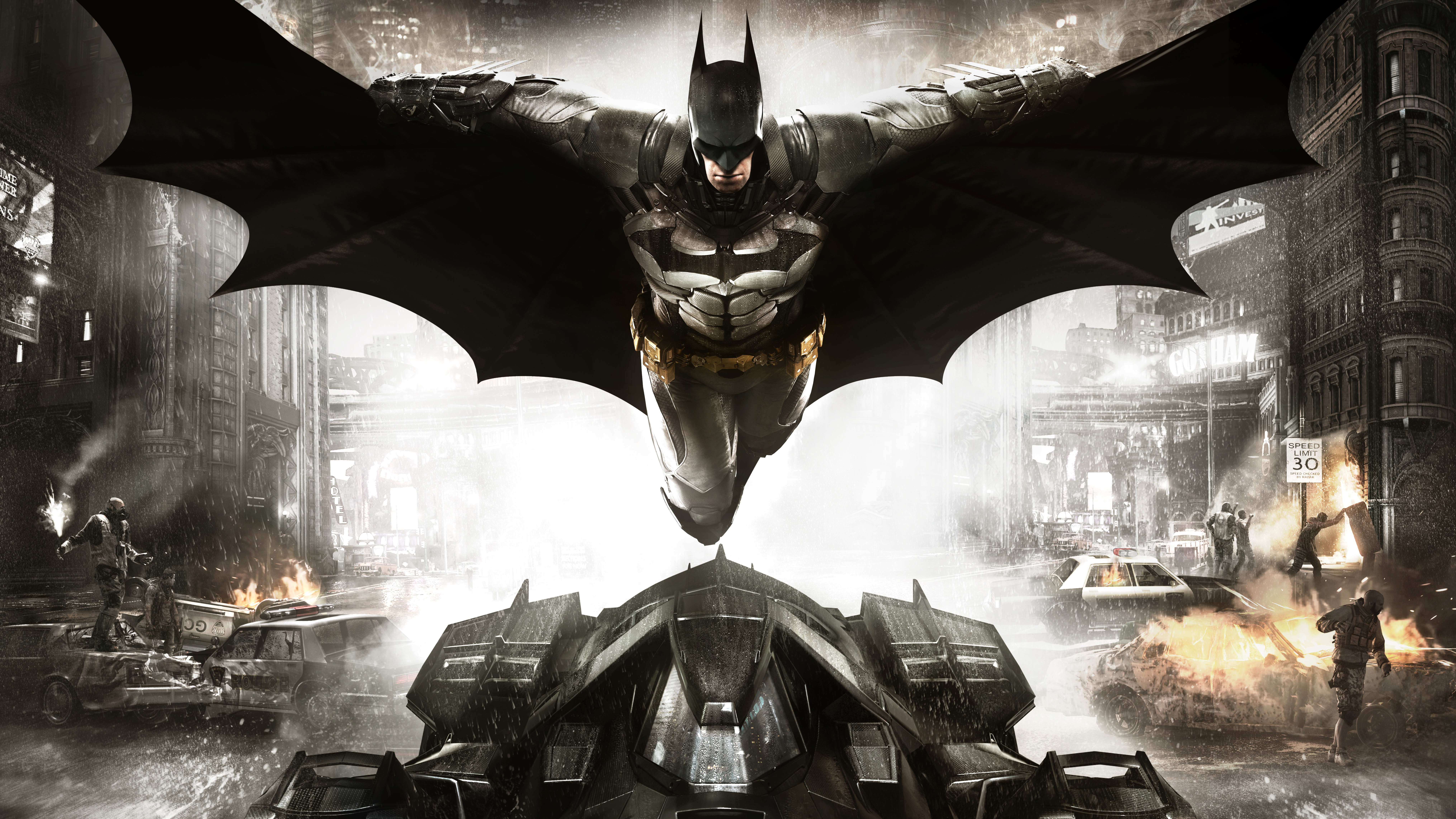
Players worked together to create configuration files that made the game run more smoothly and efficiently, especially during streaming. Online guides detailed settings that helped players achieve better performance while driving and fighting. These adjustments also refined keyboard controls and mouse sensitivity. As a result, the game world felt more responsive, particularly during fast-paced action.
‘Deadly Premonition’ (2013)
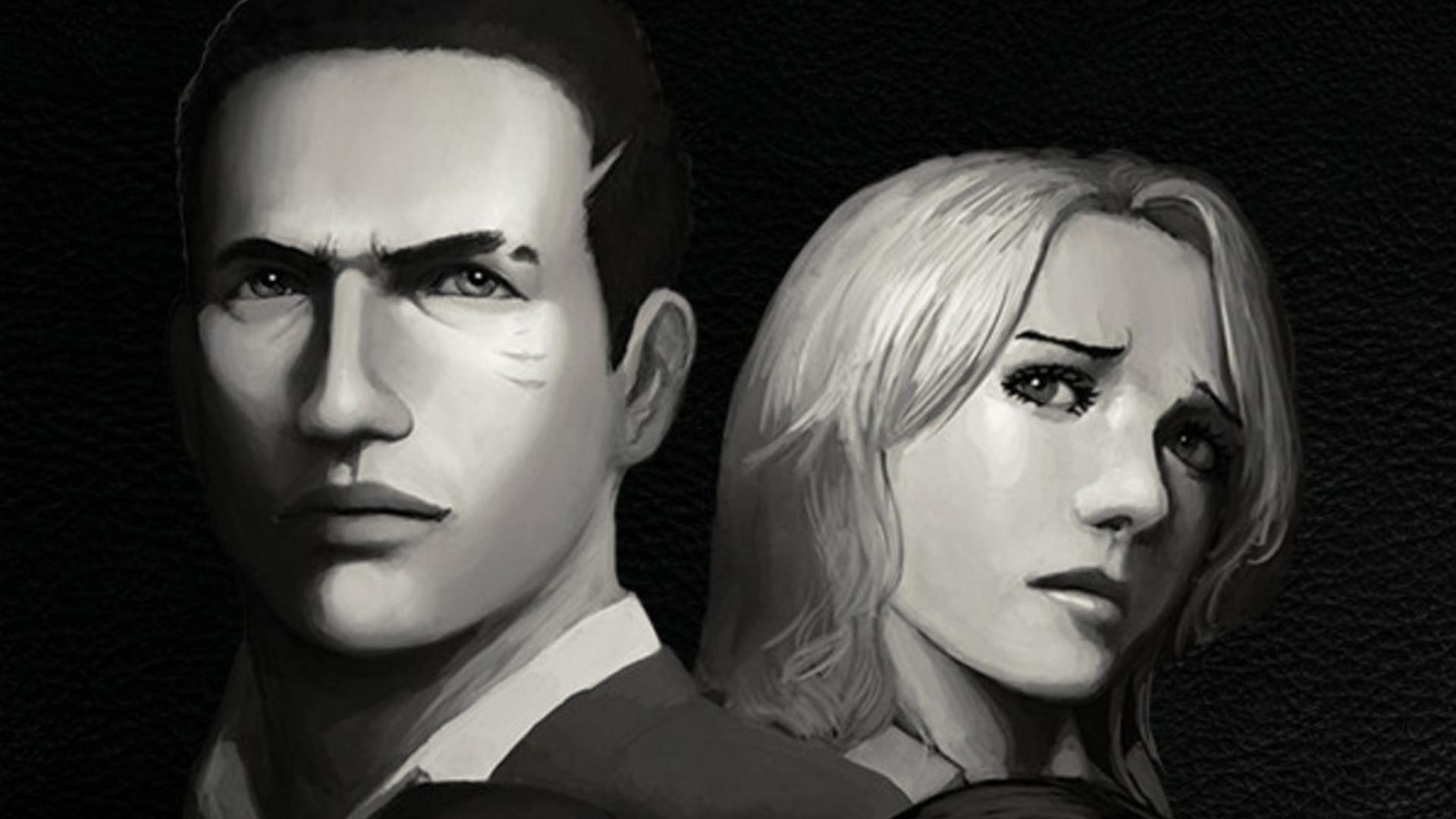
DPfix improved the game’s graphics and stability on PC. It allowed players to adjust resolution and filtering for clearer visuals, corrected a problem with the game’s frame rate, and fixed issues with visual effects. This resulted in fewer crashes, especially while exploring the open world, and made the PC version much more playable.
‘Star Wars: Knights of the Old Republic II – The Sith Lords’ (2004)
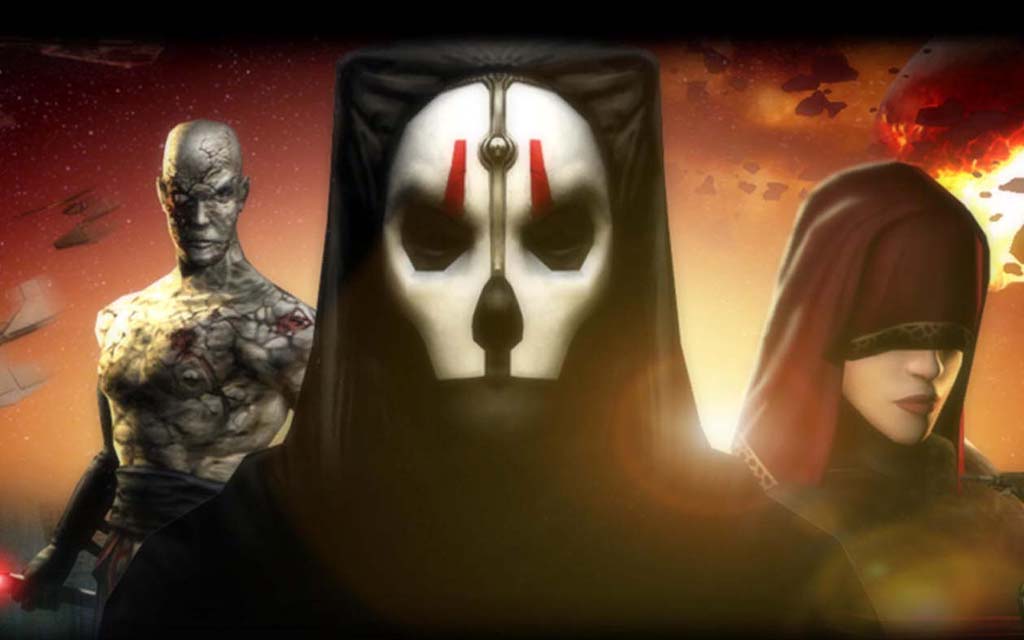
The Restored Content Mod fixes issues in the original game by restoring removed quests and repairing broken code. It also improves the overall experience by cleaning up conversations, journal entries, and where items are found. This mod makes the game’s story more consistent and enjoyable, with a better flow between planets and fewer frustrating roadblocks. It also enhances how you interact with your companions and improves the game’s ending.
‘Gothic 3’ (2006)
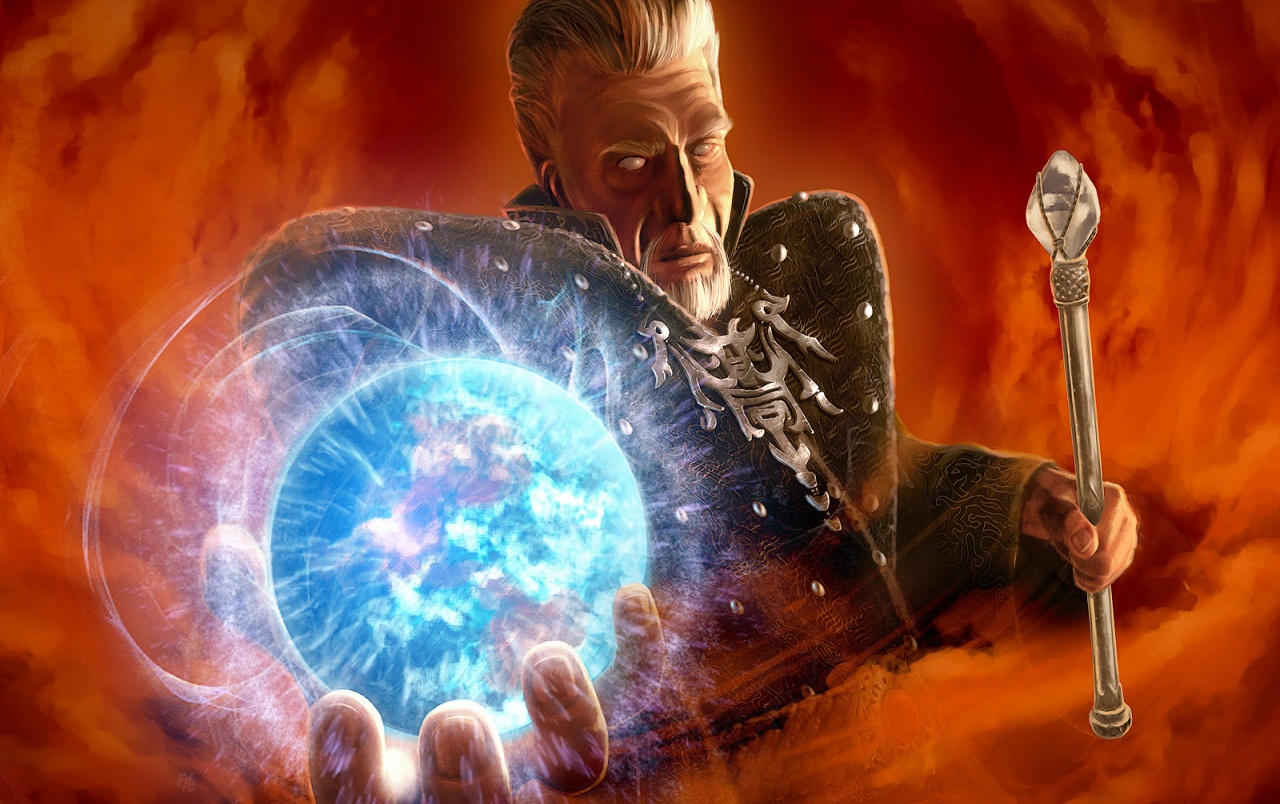
The Community Patch project significantly improved the game by fixing problems with quests, combat, and how the game used computer memory. It also solved issues that were causing save files to become corrupted and repaired hundreds of bugs throughout the game world. Subsequent updates made the game run smoother in cities and outdoor areas, ultimately helping the series regain its positive reputation with a polished and consistent experience.
‘S.T.A.L.K.E.R.: Shadow of Chernobyl’ (2007)
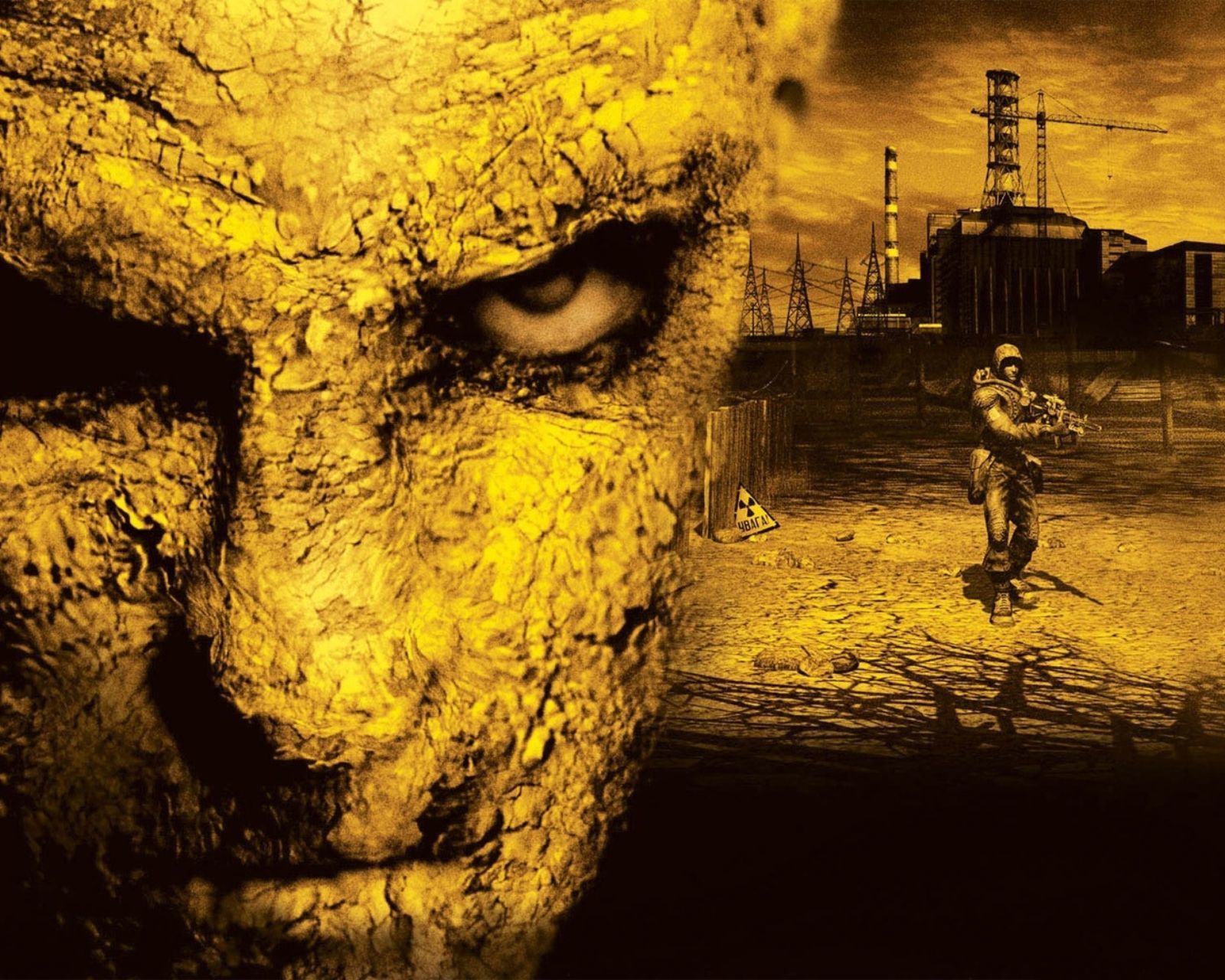
The ZRP update addressed issues with how quests started, how enemies behaved, and how levels loaded. It fixed bugs that could trap players and made the environment more reliable. Additional features let players customize the user interface and improve weapon controls, leading to a more stable and consistent experience during extended gameplay sessions.
‘S.T.A.L.K.E.R.: Call of Pripyat’ (2009)
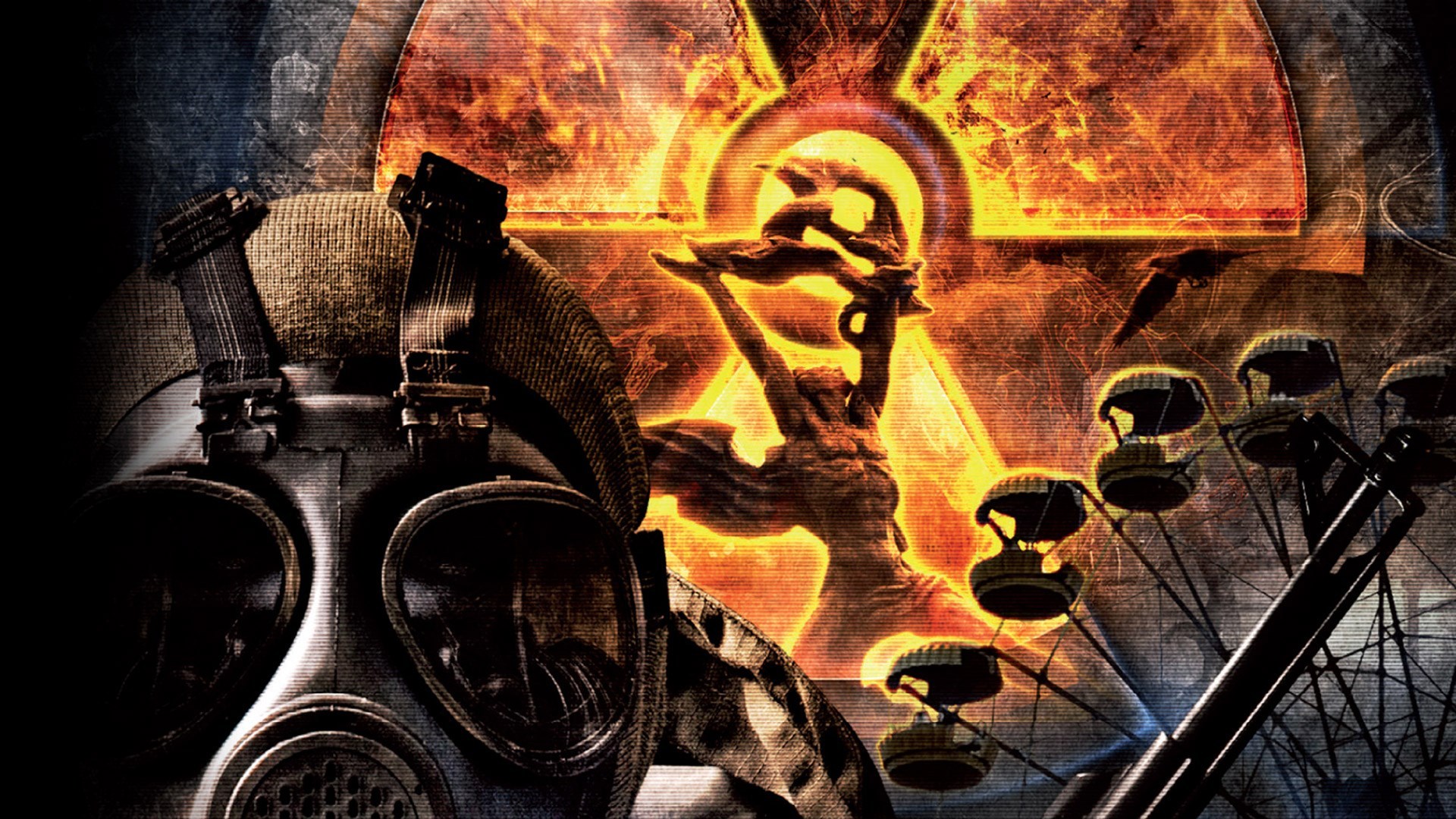
Recent updates fixed crashes and errors, making the game more stable, especially in outdoor areas. These improvements also made the world feel more natural with better item placement and creature movement. Plus, the game now handles detailed textures more efficiently, letting players explore large areas without as many slowdowns or interruptions.
‘Planescape: Torment’ (1999)

Fan-made updates fixed issues with conversations and story logs that were stopping players from continuing. These updates also resolved problems with items and how companions behaved throughout the game. The game now looks good on modern screens thanks to adjustments for wider displays and the user interface, making it much easier to enjoy without technical difficulties.
‘System Shock 2’ (1999)
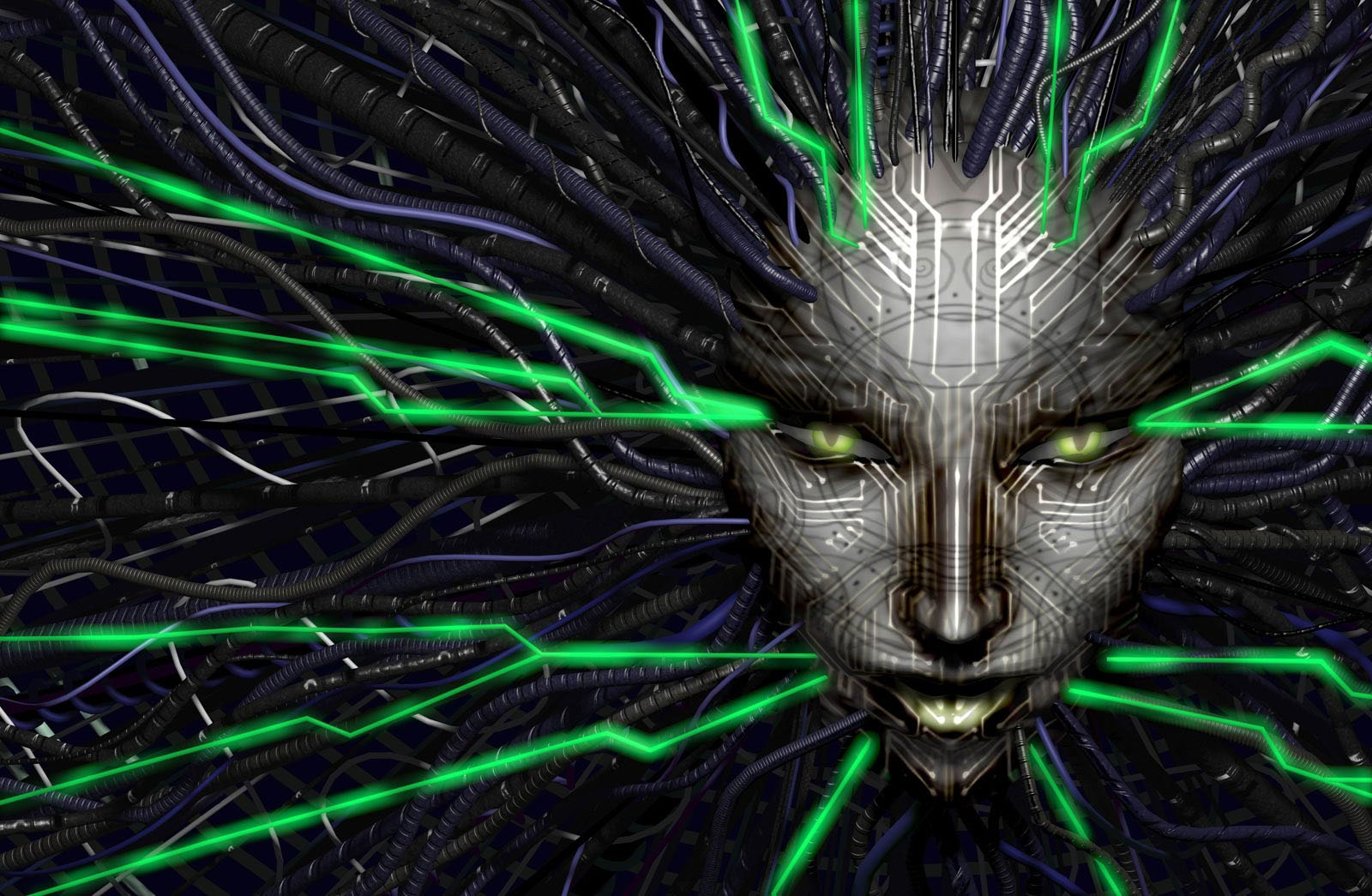
Fan-made updates brought the game up to date with modern computers and fixed issues with sound, controllers, and online play. These improvements also allowed for sharper graphics and more responsive controls, all while maintaining the original gameplay experience and removing frustrating technical problems.
‘Silent Hill 2’ (2001)
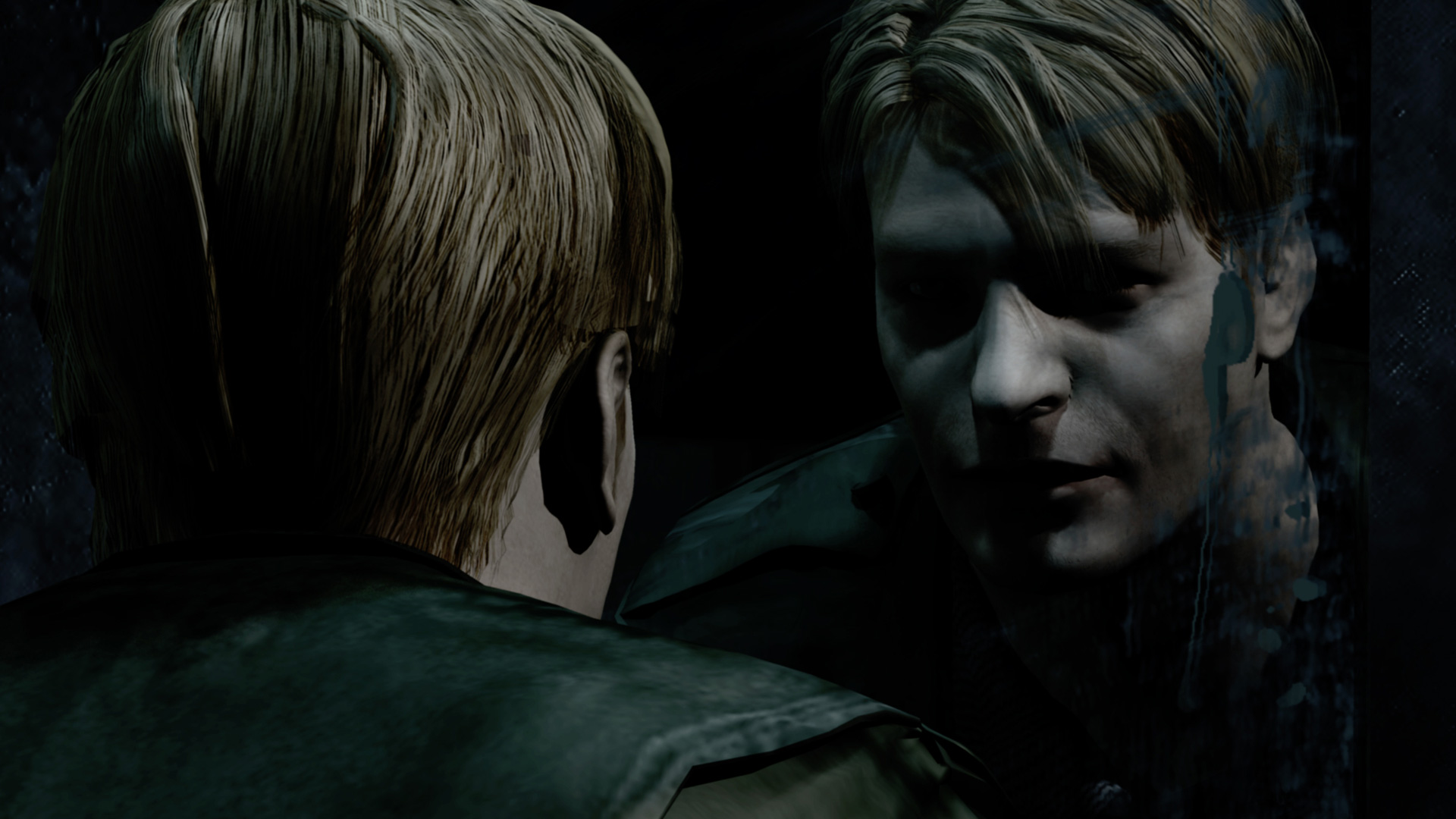
The Enhanced Edition improved the game’s performance on PC by fixing issues with video playback and graphics. It also restored the original artistic vision with better fog, lighting, and textures. Adding widescreen support and correcting audio problems further enhanced the experience, bringing the intended psychological horror back to life with clear visuals and stable gameplay.
‘Elden Ring’ (2022)
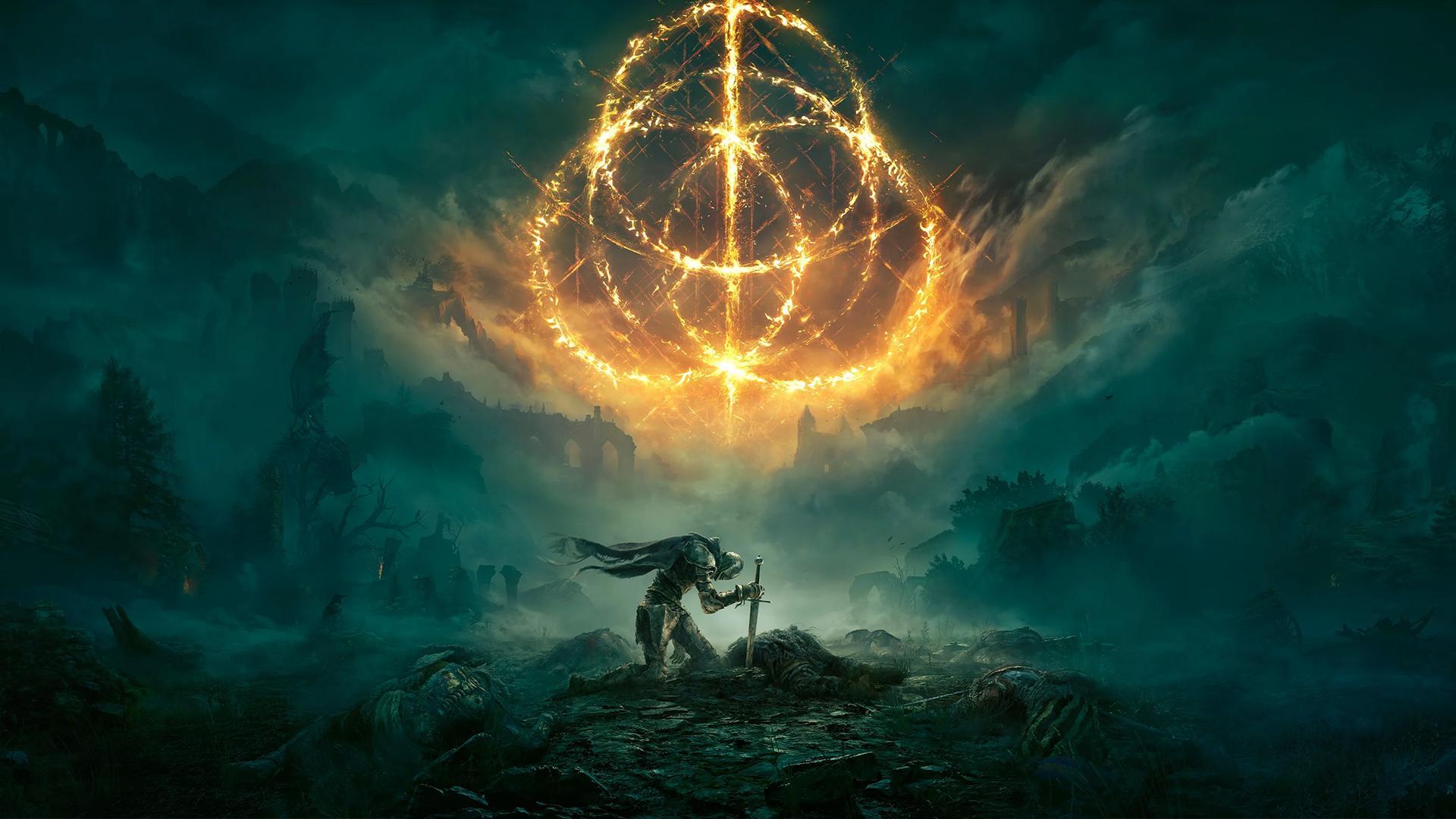
Players developed solutions to reduce stuttering during gameplay and increase frame rates. Mods enhanced support for ultrawide monitors and improved how the game responds to mouse and keyboard controls. Guides created by the community detailed settings to make movement and boss battles smoother. As a result, the game runs more consistently across different computer setups.
‘Starfield’ (2023)
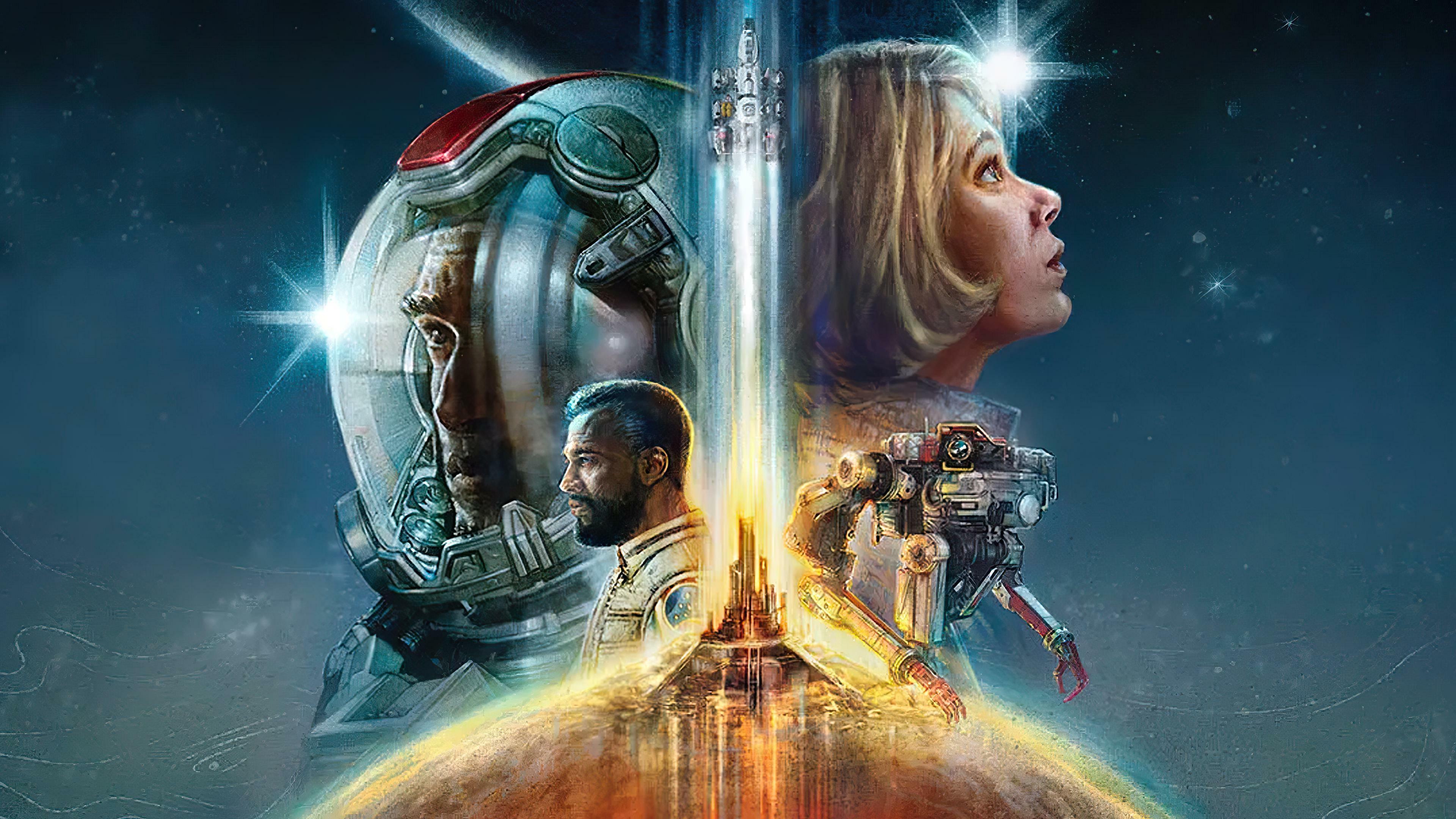
PC players quickly benefited from improvements made by the modding community. These included better graphics through upscaling, fixes for how the game’s menus and controls worked, and performance boosts in busy areas and during space travel. These community-created solutions provided a smoother experience even before the official game updates arrived.
Let us know in the comments what awesome fixes your community has created, and which fan-made project you’re most grateful for – the one that really kept a game alive!
Read More
- Fed’s Rate Stasis and Crypto’s Unseen Dance
- Blake Lively-Justin Baldoni’s Deposition Postponed to THIS Date Amid Ongoing Legal Battle, Here’s Why
- Dogecoin’s Decline and the Fed’s Shadow
- Ridley Scott Reveals He Turned Down $20 Million to Direct TERMINATOR 3
- Baby Steps tips you need to know
- Global-e Online: A Portfolio Manager’s Take on Tariffs and Triumphs
- The VIX Drop: A Contrarian’s Guide to Market Myths
- Top 10 Coolest Things About Indiana Jones
- Northside Capital’s Great EOG Fire Sale: $6.1M Goes Poof!
- A Most Advantageous ETF Alliance: A Prospect for 2026
2025-11-21 06:46